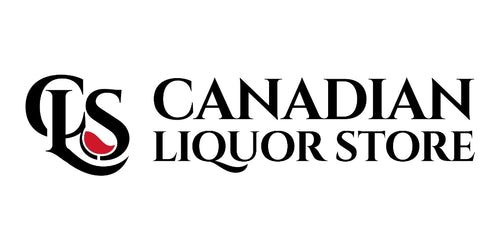California, USA
While many North American states make wine, it's California (along with Washington State and Oregon) that drives the fine wine (vitis vinifera) industry. In 2005 California alone accounted for 200,000 hectares of vinous vines (as opposed to those grown for jelly or raisins), well in excess of Washington's 12,150 hectares and Oregon's 5,500 hectares. California's Napa Valley is acknowledged to be the world's second-best source of Cabernet Sauvignon/Bordeaux blends and Chardonnays (in Carneros), while its Santa Barbara and Sonoma Counties are home to world-class Pinot Noir and Chardonnay. Top-notch Zinfandel is also grown in Sonoma County.

The Californian wine industry was born in the south on the back of 18th century Spanish missionaries, and it consolidated in the north following the 1849 Gold Rush. Soon after, vitis vinifera varieties including Zinfandel made their appearance, edging out the inferior Mission grape. French and German immigrants (Krug, Schram, Beringer) helped develop the industry initially in Sonoma and then Napa, before fanning out to the Santa Cruz Mountains, south of the Bay area.
Cabernet Sauvignon was first produced as a wine in Sonoma in the late 19th century. The viticultural boom was accelerated by the transnational railway but was then literally stopped in its tracks by Phylloxera during the 1890s. However, as with Europe, a negative was turned into a positive as the disease allowed the industry to affect many viticultural improvements (varieties, vine densities, trellising). Prohibition also threatened the industry.

Despite the Repeal in 1933, the Fine Wine (ie Napa) industry didn't recover until the 1960s, when the likes of Chateau Montelena, Heitz, Robert Mondavi and Paul Draper made their move. In 1976, several of Napa's wines outshone their French counterparts in a blind tasting known as ‘The Judgement of Paris’. The modern era continues to see an insatiable appetite for Napa wineries.
Californian viticulture is made possible thanks to the presence of the Pacific Ocean, its cool Humboldt Current tempering the summer heat through cyclical onshore breezes and rolling fog, so extending the ripening time of the grapes.
Napa Valley, California, USA

North Coast's Napa Valley is California's most famous viticultural area (AVA), claiming some of the most expensive agricultural land in the world and producing wines of ‘cult’ status.
Its 16,000 ha of vines lie over a strip (40 miles long-5 miles wide) of diverse soils (clay, gravely, volcanic), with its northernmost end on the side of Mountain Helena and its foot in San Francisco Bay. The valley is framed by two mountains ranges Vaca (to the north) and Mayacamas (to the south), yet the main climatic influence is the cool wind and fog that is sucked in from San Pablo Bay during the afternoon, allowing grapes to ripen slowly and evenly.
The area enjoys a variety of unique microclimates, as temperatures can vary dramatically as much as 15 degrees, from the north to the south end of the valley. These differences have led to the creation of several sub-AVAs (14 in total) including: Atlas Peak, Chiles Valley District, Diamond Mountain District, Howell Mountain, Los Carneros, Mt. Veeder, Oakville, Rutherford, St. Helena, Spring Mountain District, Stags Leap District, Yountville, Wild Horse Valley and Oak Knoll District. The Calistoga AVA is still pending approval.
Both the “Napa Valley” designation and the sub-AVA name must appear on the wine label simultaneously, with the exception of wines from the Carneros AVA, which is shared between the Napa Valley and the Sonoma County.
Cabernet Sauvignon is the undisputed king of Napa grapes, occupying over 45% of the vineyard acreage, followed by (predominantly) Chardonnay, Sauvignon Blanc, Chenin Blanc, Riesling, Zinfandel

